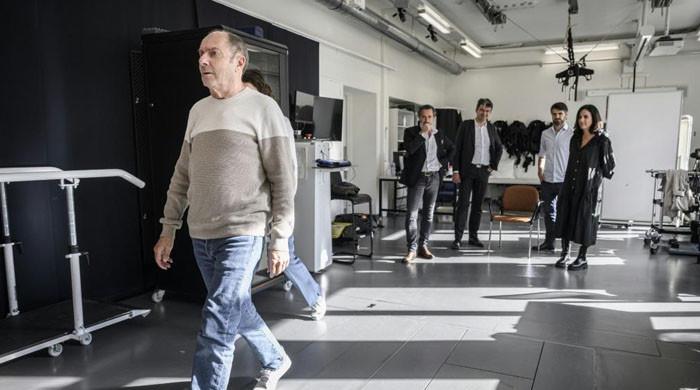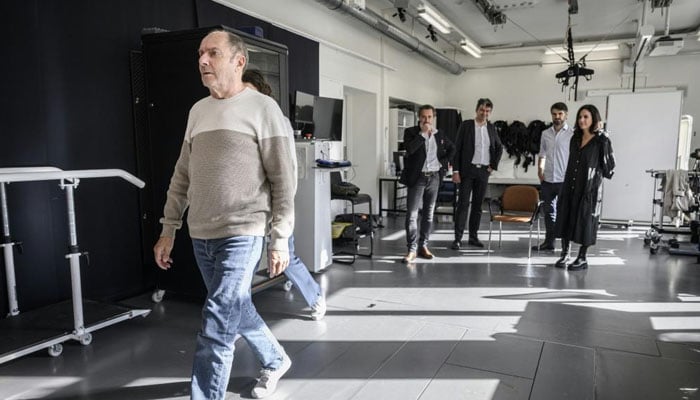Breakthrough: Parkinson implant helps 63-year-old wheelchair-bound man to walk again
A unique implant that stimulates the nerves in the spinal cord’s lumbar area, sending signals to the muscles in the legs, has helped a man walk again despite having severe Parkinson’s disease.
The first user of the gadget, 63-year-old Frenchman Marc Gauthier of Bordeaux, claims the technology has given him a second shot at life, BBC reported.
He used to be frequently housebound and experienced many falls each day, but nowadays he can walk for kilometres.
The medical staff attending to him writes about the breakthrough in the journal Nature Medicine.
Before the implant, Marc had additional difficulties while using stairs or lifts.
The device seems to have eliminated the shuffling and “freezing,” or abrupt stopping, that Marc and many other Parkinson’s patients experience. His stride now seems nearly normal when the device is turned on.
Marc said: “Getting into an elevator… sounds simple. For me, before, it was impossible.”
“Now, I have no problem.”
“I turn on the stimulation in the morning and I turn off in the evening. This allows me to walk better and to stabilise. Right now, I’m not even afraid of the stairs anymore. Every Sunday, I go to the lake, and I walk around 6km [four miles]. It’s incredible.”
Marc feels “a little tingling sensation”, when the device is on, but is not bothered by it.
Marc’s brain provides the commands, so he is still in charge, but the epidural implant provides electrical signals to make the process go more smoothly.
It is connected to a tiny impulse generator that is implanted beneath Marc’s abdominal skin and has its own power source.
Marc underwent weeks of rehabilitation following surgery to install the gadget, utilising feedback sensors on his shoes and legs to train it.
Marc’s device was placed by neurosurgeon Jocelyne Bloch nearly two years ago. Bloch said that while the technology and method were comparable to those that had helped certain patients with spinal injuries for many years, it was a first for Parkinson’s disease, while other teams are investigating alternative approaches.
She said, “It is impressive to see how by electrically stimulating the spinal cord in a targeted manner, in the same way as we have done with paraplegic patients, we can correct walking disorders caused by Parkinson’s disease.”
For all the latest health News Click Here


